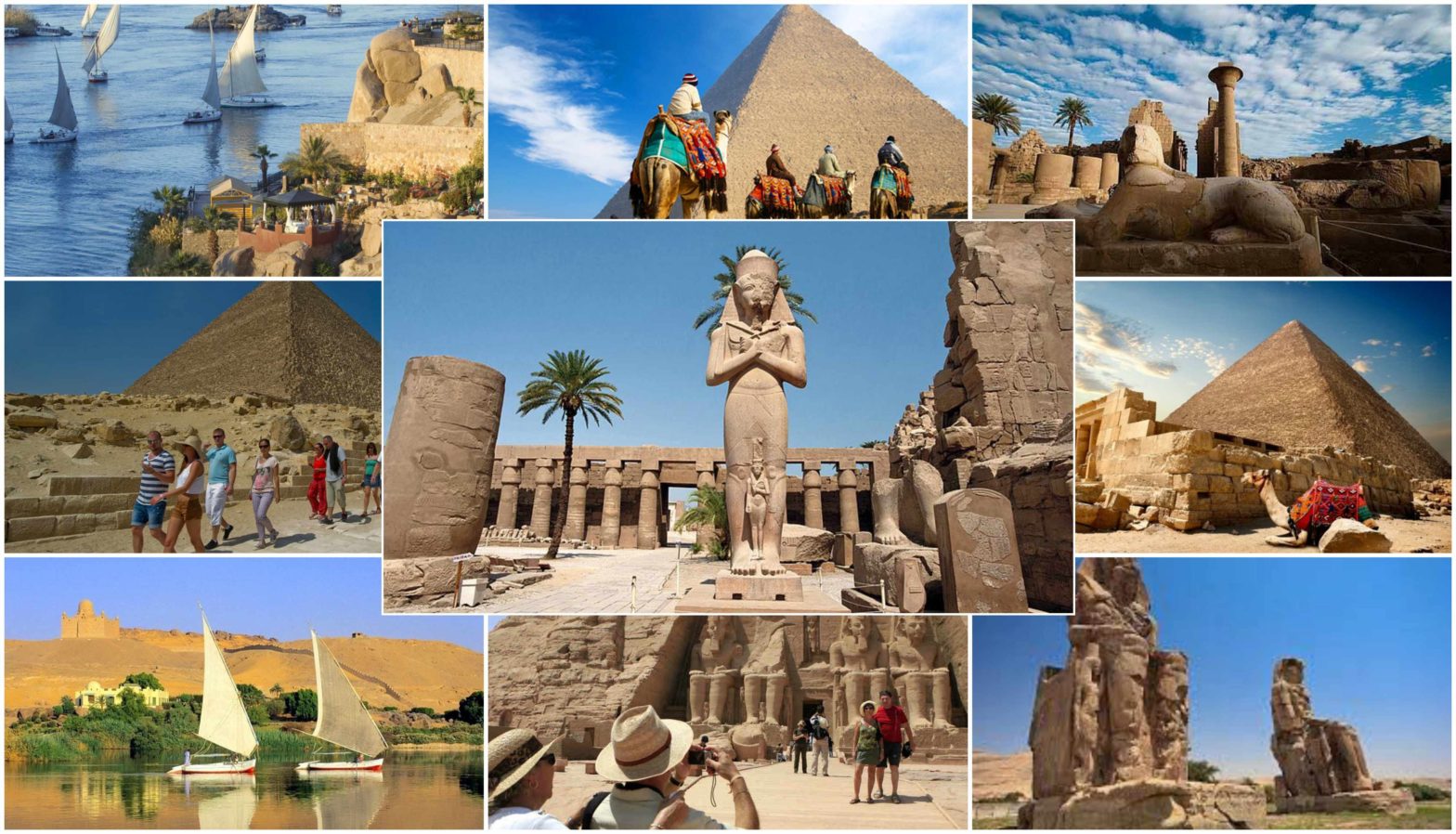modelcampusa.com – Asyut, one of Egypt’s oldest cities, is a vibrant blend of ancient traditions and modern life. Located in Middle Egypt, this city has played a significant role in the country’s history, serving as a cultural and religious hub. This article delves into Asyut’s rich history, architectural wonders, and cultural significance.
Historical Significance of Asyut
Ancient Origins
Asyut, known as Syut in ancient Egypt, was a prominent city during the Pharaonic period. It was a center of worship for the jackal-headed god Wepwawet and played a crucial role in the religious landscape of ancient Egypt. The city’s strategic location along the Nile made it an important center for trade and communication.
Asyut During the Hellenistic Period
The Hellenistic period introduced a blending of Greek and Egyptian cultures in Asyut. This era saw significant cultural exchanges and the introduction of new architectural styles and artistic expressions, leaving a lasting impact on the city’s cultural heritage.
Architectural Marvels
The Necropolis of Asyut
The necropolis of Asyut is a testament to the city’s historical importance. This ancient burial ground contains tombs and artifacts that provide insight into the lives and beliefs of its inhabitants. The necropolis is an invaluable resource for understanding the funerary practices and religious beliefs of ancient Egyptians.
Modern Architectural Influence
In addition to its ancient sites, Asyut is home to modern architectural marvels that reflect its dynamic evolution. The city’s blend of traditional and contemporary styles offers a unique glimpse into its ongoing development and adaptation.
Cultural Impact and Legacy
Asyut’s Role in Egyptian Cultural Memory
Asyut has been a vital part of Egypt’s cultural memory, influencing art, religion, and politics throughout history. The city’s contributions to Egyptian culture are preserved in its historical sites, literature, and religious traditions, which continue to inspire scholars and visitors alike.
Challenges and Preservation Efforts
Asyut faces challenges common to many historical cities, including urbanization and environmental threats. Preservation efforts by local and international organizations aim to protect and document Asyut’s rich heritage, ensuring its stories and significance are not lost to time.
Conclusion
Asyut stands as a symbol of Egypt’s rich historical tapestry, offering a unique blend of ancient and modern influences. Its historical sites, cultural contributions, and ongoing preservation efforts highlight its enduring significance. As we explore Asyut, we gain a deeper appreciation for its role in shaping Egypt’s past and present.
